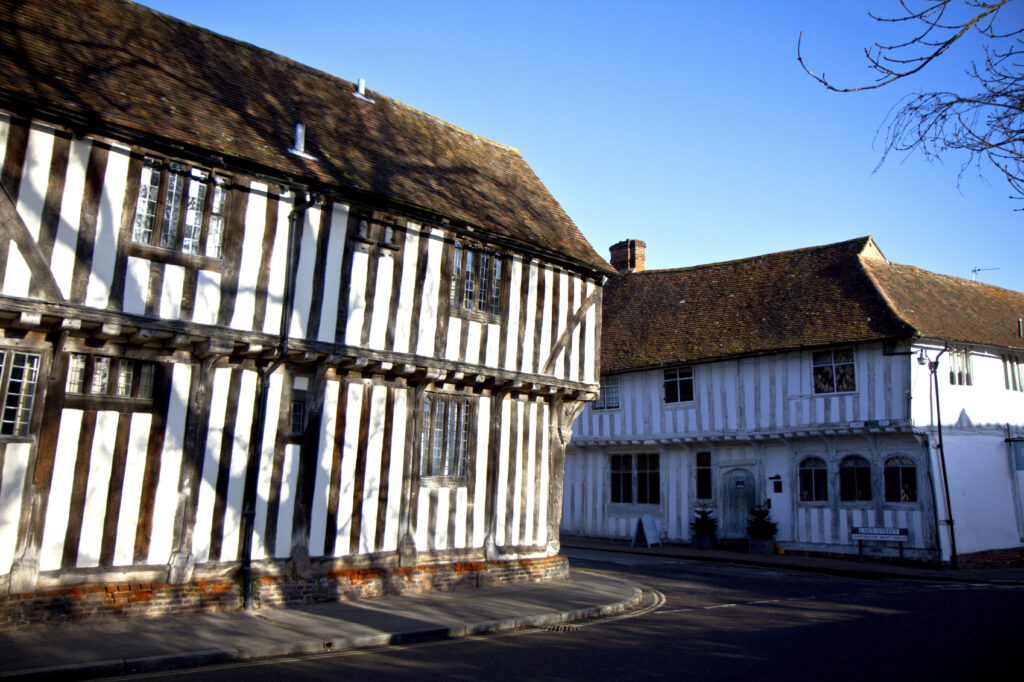
Occasionally with property, it’s love at first sight. As soon as you walk through the front door, you simply know it’s the house for you. Unfortunately, that emotional response doesn’t always tie in with the more practical considerations and so alterations need to be made to the property. Depending on the extent of these alterations and the location and age of the property, planning permission may be required. A property finder will be able to explain your unique situation and lay out all the possible options.
Permitted Development Rights Guidelines
Over the years, our property finders have come across one misconception time and time again — that all extensions require planning permission. This is simply not true. Subject to any local conditions, permitted development rights allow you to make significant changes to the property. If your planned extension is located at the rear of a terraced or semi-detached property, it can extend outwards for 3 metres. For a detached property, this rises to 4 metres. An additional caveat states that the extension cannot cover more than half of the property’s unbuilt land. Furthermore, all building work must comply with building regulations.
At the moment there is a temporary increase in the aforementioned size limits. Single story extensions can now extend 6 metres from the rear of a terraced or semi-detached or 8 metres from a detached property. The deadline for these larger size extensions is the 30th May 2019 and there are several exceptions.
In some areas of the country, known generally as ‘designated areas’, permitted development rights are more restricted. For example, if you live in:
- a Conservation Area
- a National Park
- an Area of Outstanding Natural Beauty
- a World Heritage Site or
- the Norfolk or Suffolk Broads,
you will need to apply for planning permission for certain types of work which do not need an application in other areas. There are also different requirements if the property is a listed building.
The Planning Portal’s general advice is that you should contact your local planning authority and discuss your proposal before any work begins. They will be able to inform you of any reason why the development may not be permitted and if you need to apply for planning permission for all or part of the work.
With these larger permitted developments, there is an additional layer of administration. Before any work can begin, you need to notify your local authority. They will in turn notify your neighbours and source their opinions. Should the neighbours voice any objections, the local authority will take a more in-depth look at your plans and judge the validity of their concerns.
Often, you will have an idea of the alterations you wish to make prior to purchasing a house. A property finder would be able to make enquiries on your behalf to the local authority to help the establish the likelihood of anyone objecting to the work.
Every Buying Agent Partnership property finder has a strong understanding of local planning law and regulations and will be more than happy to advise you accordingly. Contact us on 0330 223 6339 to discuss how we can help you.











